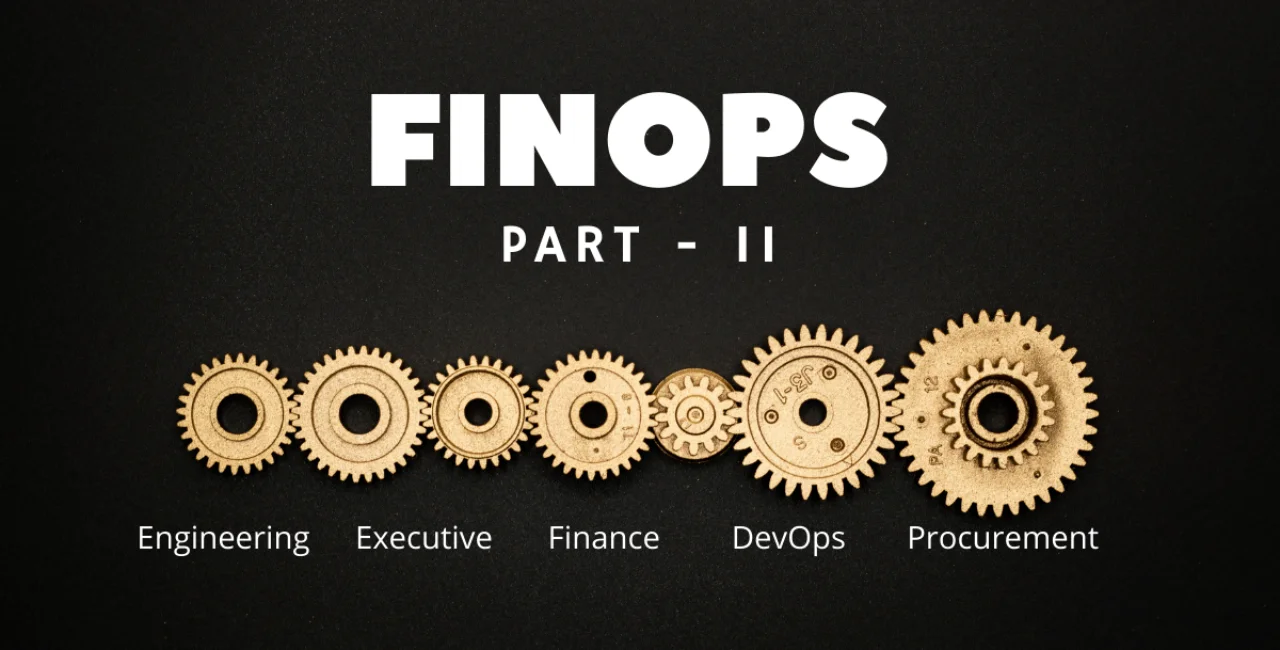In today’s fast-paced digital landscape, businesses are constantly seeking ways to accelerate innovation and streamline processes to stay ahead of the competition. One emerging trend that has gained significant traction in recent years is Shifting Left FinOps. Building upon the principles of DevOps and FinOps, Shifting Left FinOps aims to optimize financial operations by integrating them earlier into the software development lifecycle. In this article, we delve deeper into the concept of Shifting Left FinOps and explore how it can drive innovation and efficiency within organizations.
Understanding Shifting Left FinOps
What is Shifting Left FinOps?
Shifting Left FinOps is a strategic approach that emphasizes the early integration of financial considerations into the software development process. Traditionally, financial management in IT projects occurs towards the end of the development lifecycle, often leading to budget overruns and inefficiencies. However, by “shifting left” and integrating financial considerations earlier in the process, organizations can proactively manage costs, optimize resource allocation, and enhance overall project outcomes.
Read more: Aws NoSQl Performance Lab Using Python | Ensuring Consistency: Testing Websites in Different Browsers
Automation plays a crucial role in enabling Shifting Left FinOps. By leveraging automation tools and platforms, organizations can streamline financial processes, such as budget forecasting, cost tracking, and resource allocation. Automation not only reduces the manual effort required but also ensures accuracy and consistency in financial management practices. This allows teams to focus more on innovation and less on administrative tasks, driving productivity and efficiency.
Benefits of Shifting Left FinOps
Improved Cost Visibility and Control
One of the primary benefits of Shifting Left FinOps is improved cost visibility and control. By integrating financial considerations early in the development process, teams gain greater insight into project costs and can make informed decisions to optimize spending. This enhanced visibility enables organizations to identify cost-saving opportunities, avoid budget overruns, and allocate resources more efficiently, ultimately leading to improved financial performance.
Enhanced Collaboration and Alignment
Shifting Left FinOps promotes greater collaboration and alignment between cross-functional teams, including developers, operations, finance, and management. By involving financial stakeholders from the outset, teams can align their goals and priorities, fostering a culture of accountability and shared responsibility. This collaborative approach ensures that financial considerations are integrated seamlessly into project planning and execution, driving better outcomes and reducing the risk of conflicts or misunderstandings.
Faster Time to Market
By accelerating the integration of financial considerations into the development process, Shifting Left FinOps helps organizations expedite time to market for their products and services. By identifying and addressing financial constraints early on, teams can streamline development workflows, minimize delays, and deliver solutions more quickly to meet market demands. This agility not only enhances competitiveness but also allows organizations to capitalize on emerging opportunities and adapt to changing customer needs more effectively.
Implementing Shifting Left FinOps
Establish Clear Financial Policies and Guidelines
To successfully implement Shifting Left FinOps, organizations must establish clear financial policies and guidelines that outline roles, responsibilities, and processes for managing costs throughout the development lifecycle. This includes defining budget thresholds, establishing approval workflows, and implementing cost-tracking mechanisms to monitor spending and identify variances.
Read more : Automation Testing in Agile Environments: Best Practices | Aiotechnical.com Computer
Invest in Training and Education
Investing in training and education is essential to equip teams with the knowledge and skills required to effectively implement Shifting Left FinOps practices. This may involve providing training on financial management principles, tools, and best practices, as well as fostering a culture of continuous learning and improvement within the organization.
Leverage Technology and Automation
Leveraging technology and automation tools is critical to streamlining financial processes and maximizing efficiency in Shifting Left FinOps. Organizations should invest in robust financial management platforms that offer capabilities such as budget forecasting, cost tracking, and real-time reporting. By automating repetitive tasks and workflows, teams can focus their efforts on value-added activities and innovation, driving better outcomes and ROI.
Conclusion
In conclusion, Shifting Left FinOps represents a paradigm shift in how organizations approach financial management in IT projects. By integrating financial considerations earlier in the development process, organizations can gain greater visibility and control over costs, enhance collaboration and alignment between teams, and expedite time to market for their products and services. However, successful implementation requires a strategic approach, clear policies and guidelines, investment in training and education, and leveraging technology and automation. By embracing Shifting Left FinOps, organizations can accelerate innovation, drive efficiency, and achieve better financial outcomes in today’s digital economy.
